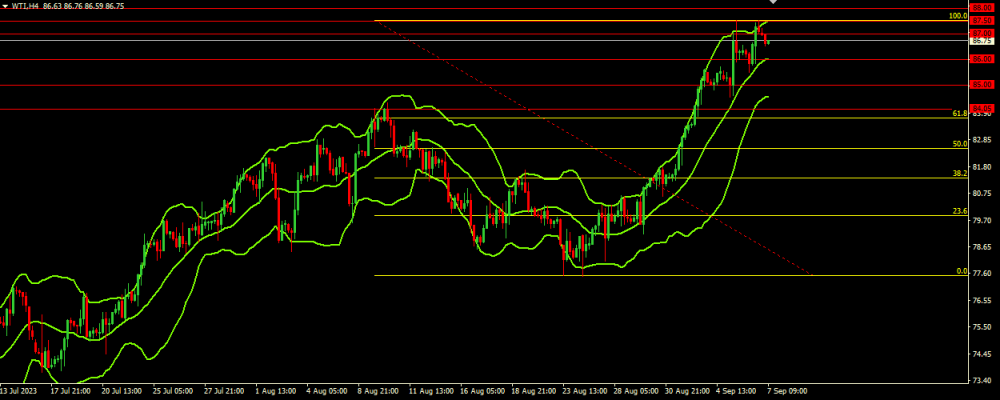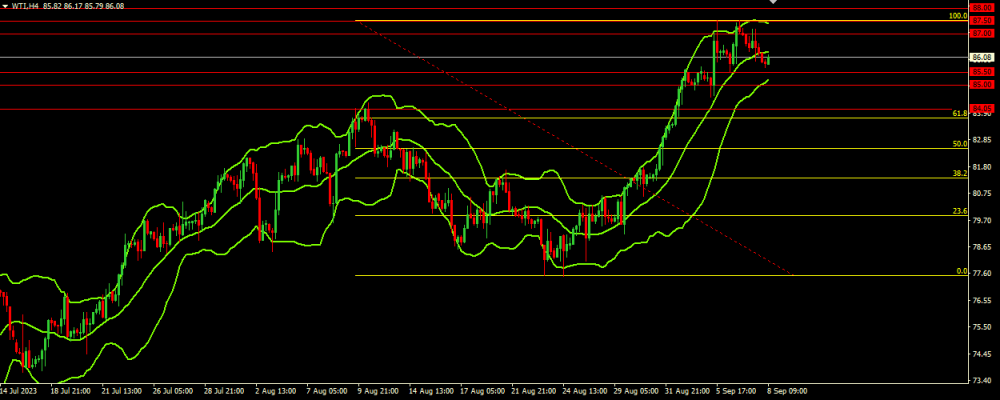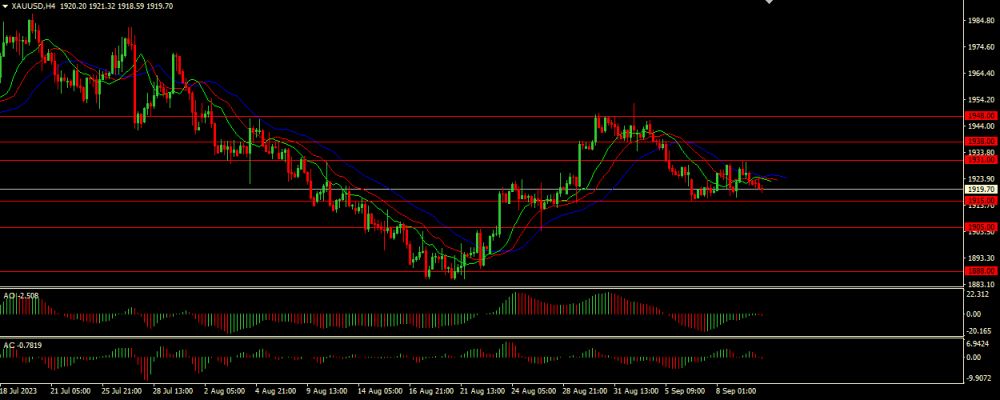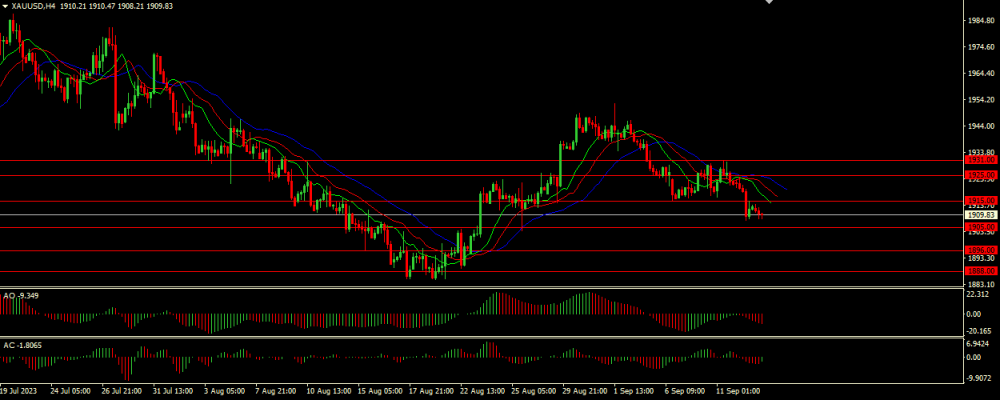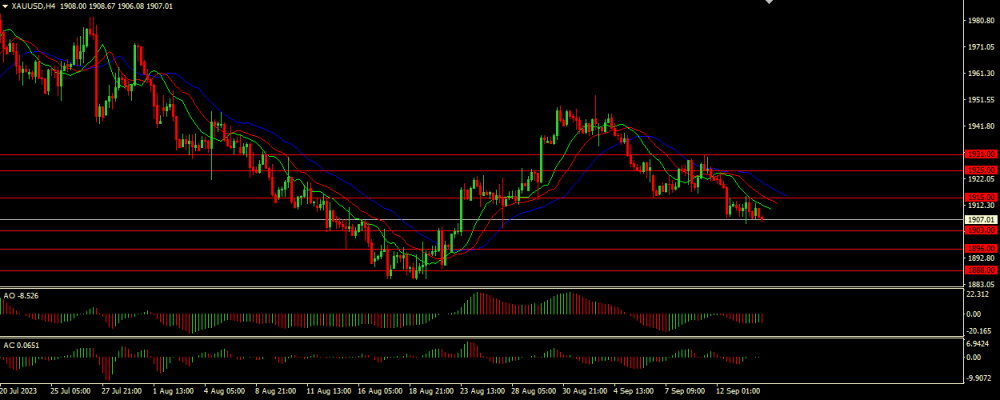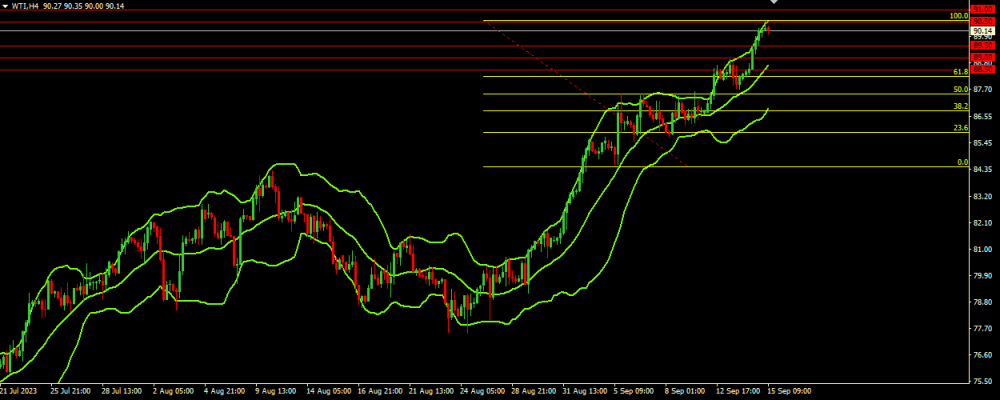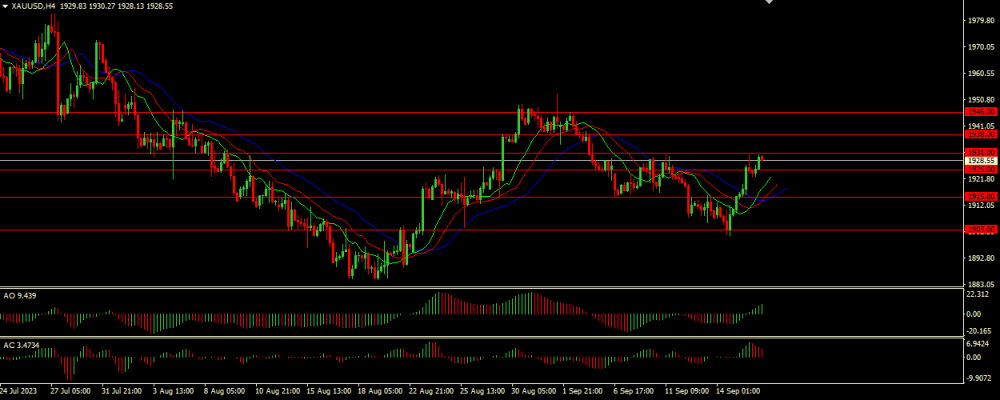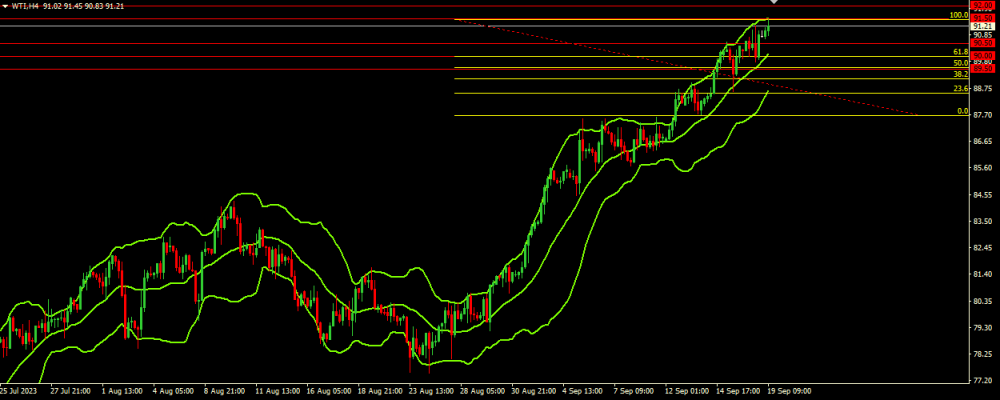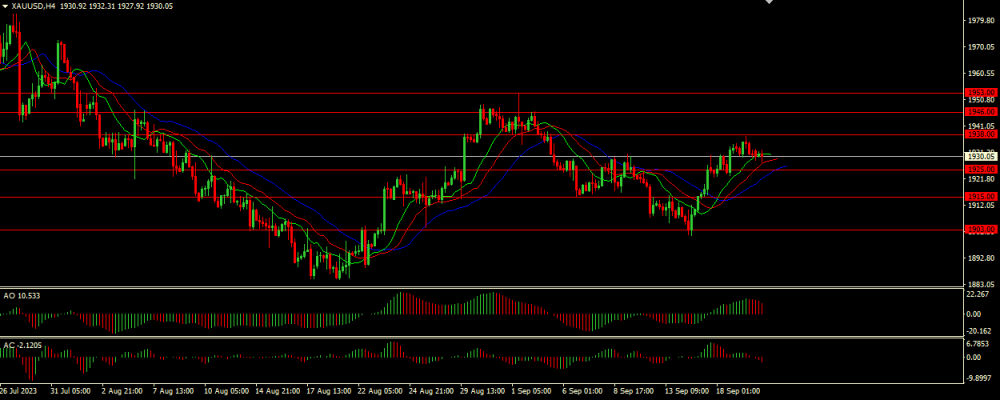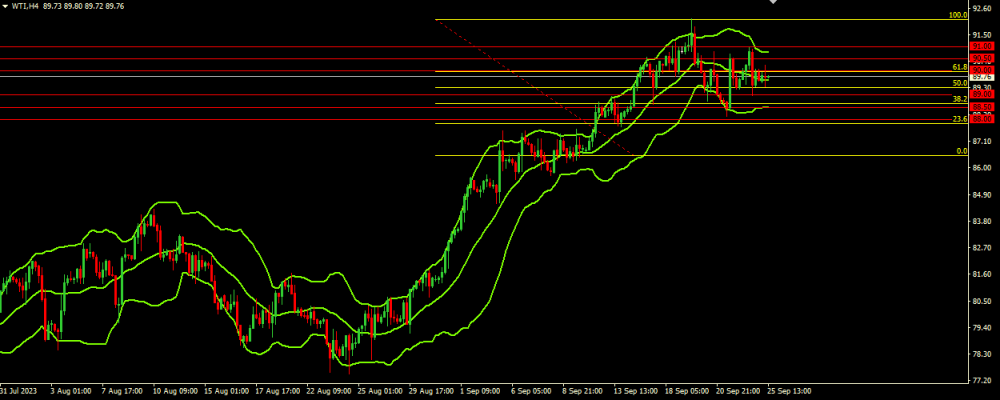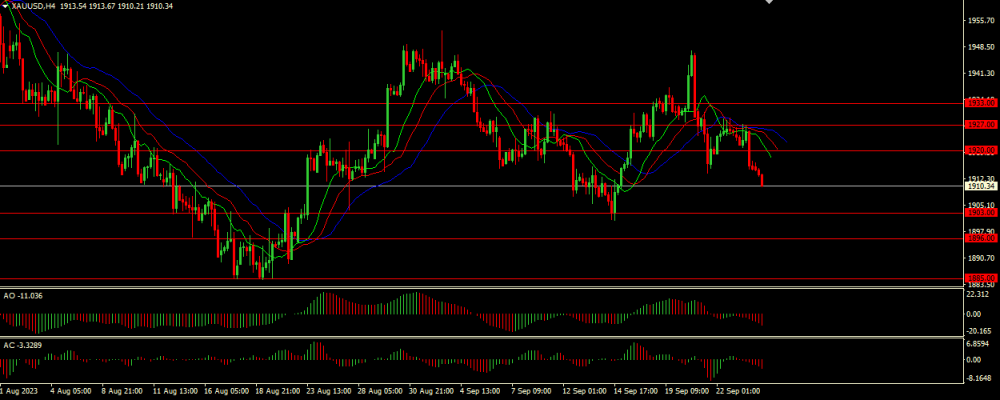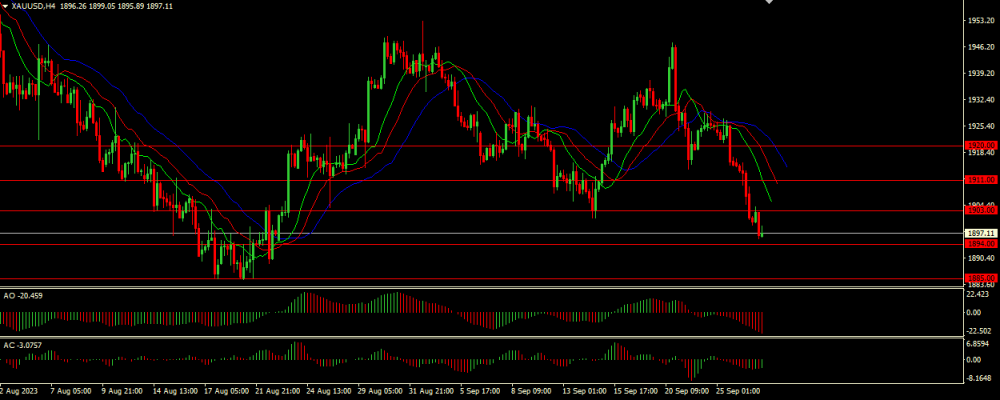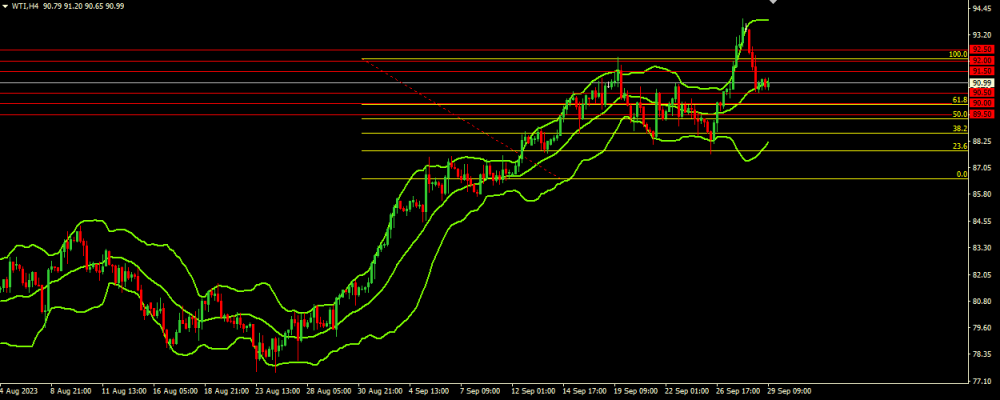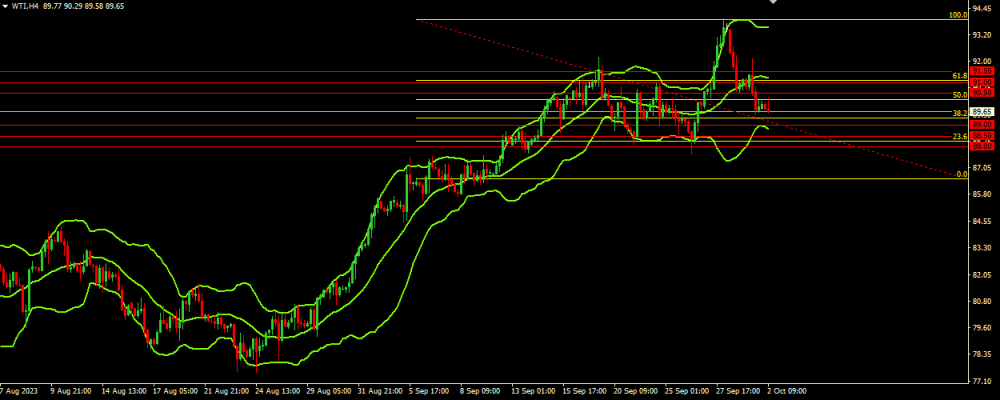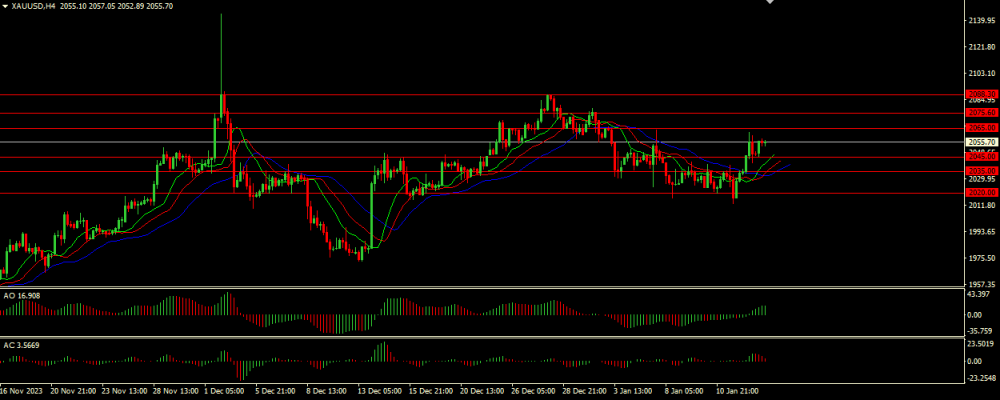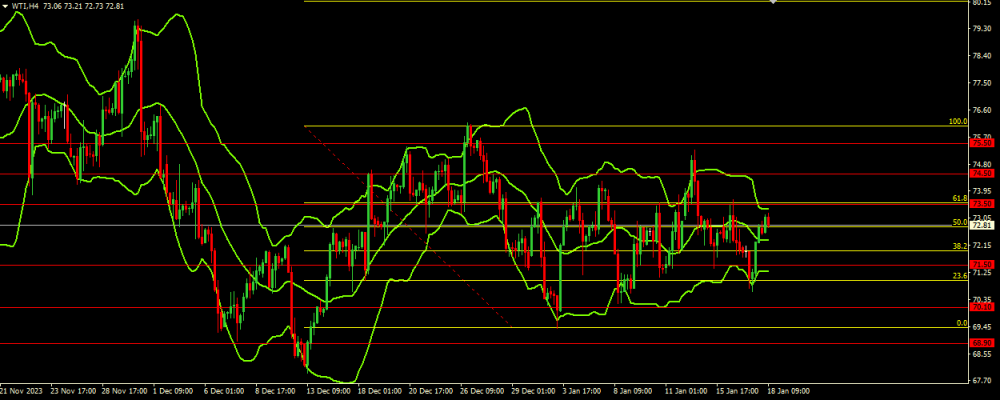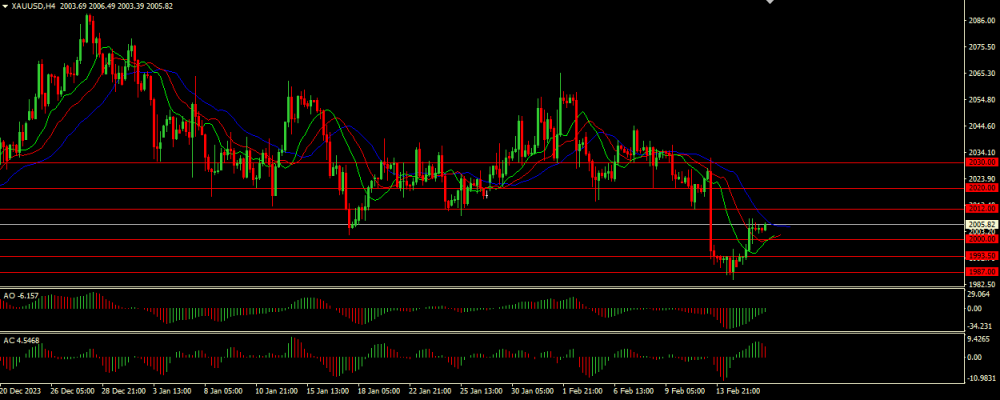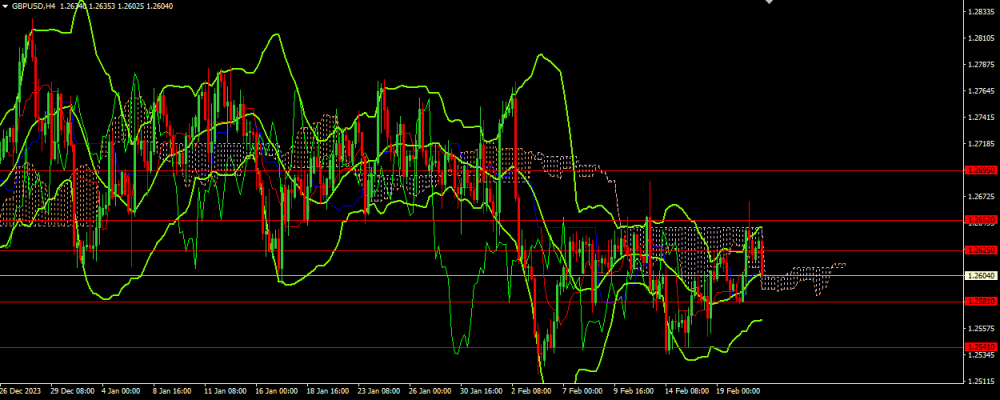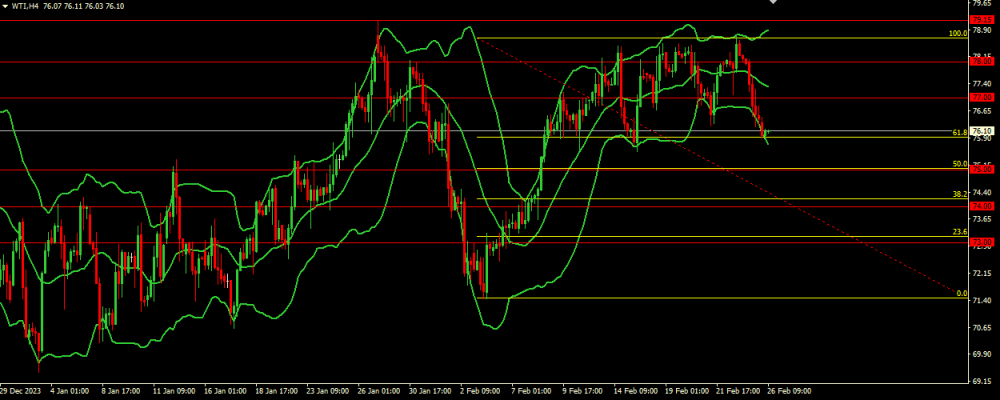Investizo
Active member
- Messages
- 110
- Likes
- 0
Fundamental analysis of XAU/USD
Gold prices (XAU/USD) are showing strength, trading at 1943.70, and have recently reached a high since early August, supported by a number of factors, including a weaker US Dollar on speculation over future Federal Reserve decisions. Over the past few days, the US Dollar Index has pared gains, consolidating at 104.05, amid mixed data on the US economy that suggests the Federal Reserve may maintain its current interest rate policy at its next meeting in September. In addition, a series of economic measures aimed at stimulating the economy of China, a global powerhouse and one of the largest consumers of gold, pushed the XAU/USD exchange rate higher. Notable measures include the government's efforts to revitalize the private sector, as well as significant adjustments such as the People's Bank of China's reduction in the required reserve ratio. In addition, some Chinese banks have adjusted RMB deposit rates. The disappointing performance of US Treasury yields over the past few weeks has contributed to gold prices, especially as the XAU/USD pair remains steady above key technical support levels. Despite the recent US dollar rally, this momentum appears to be waning, which indirectly boosts gold's appeal. However, the prospect of further rate hikes later this year could limit the dollar's decline and thus limit gold's upside.
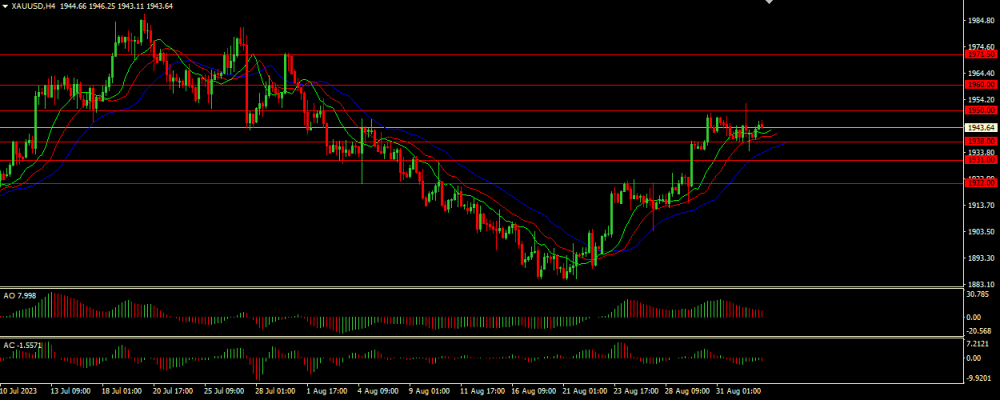
Read more
Gold prices (XAU/USD) are showing strength, trading at 1943.70, and have recently reached a high since early August, supported by a number of factors, including a weaker US Dollar on speculation over future Federal Reserve decisions. Over the past few days, the US Dollar Index has pared gains, consolidating at 104.05, amid mixed data on the US economy that suggests the Federal Reserve may maintain its current interest rate policy at its next meeting in September. In addition, a series of economic measures aimed at stimulating the economy of China, a global powerhouse and one of the largest consumers of gold, pushed the XAU/USD exchange rate higher. Notable measures include the government's efforts to revitalize the private sector, as well as significant adjustments such as the People's Bank of China's reduction in the required reserve ratio. In addition, some Chinese banks have adjusted RMB deposit rates. The disappointing performance of US Treasury yields over the past few weeks has contributed to gold prices, especially as the XAU/USD pair remains steady above key technical support levels. Despite the recent US dollar rally, this momentum appears to be waning, which indirectly boosts gold's appeal. However, the prospect of further rate hikes later this year could limit the dollar's decline and thus limit gold's upside.

Read more

